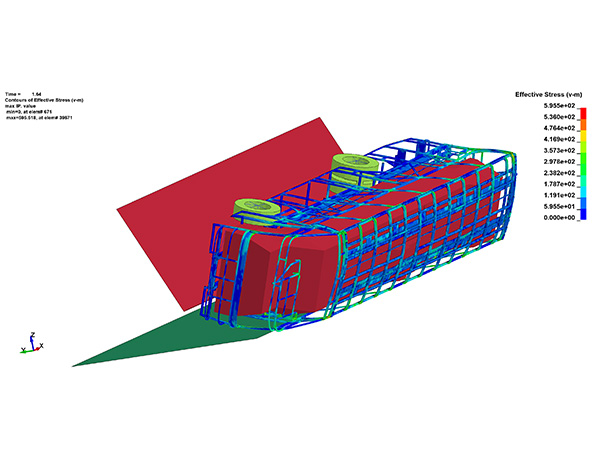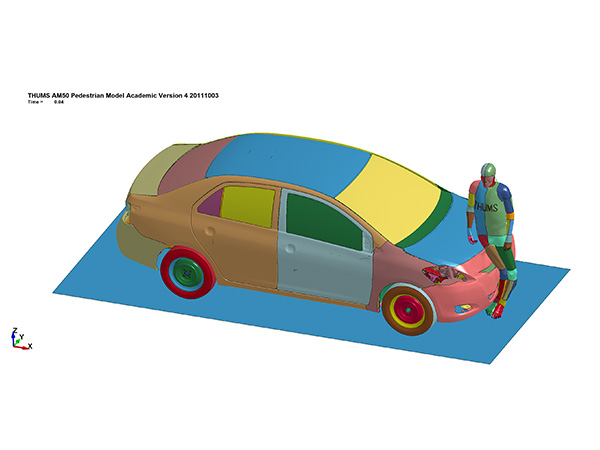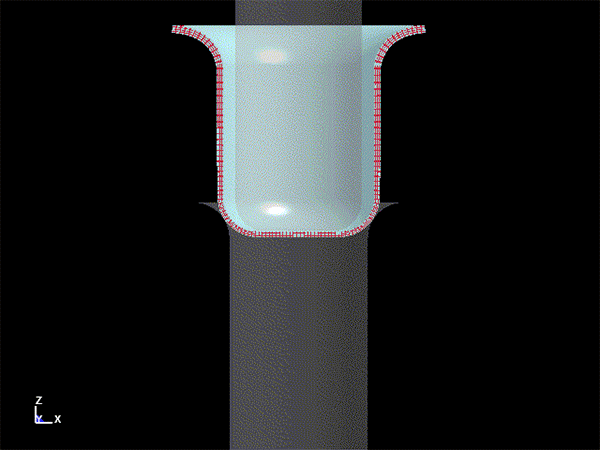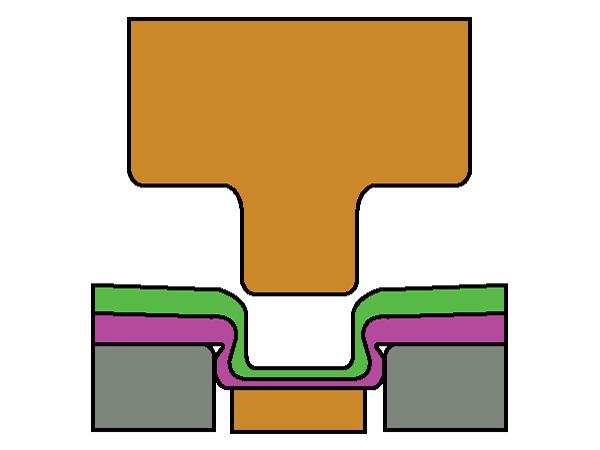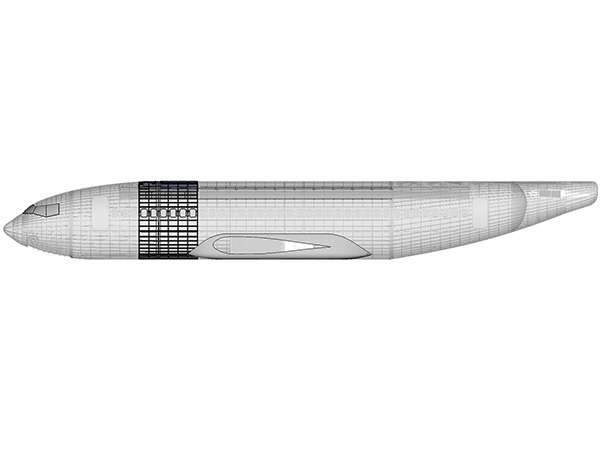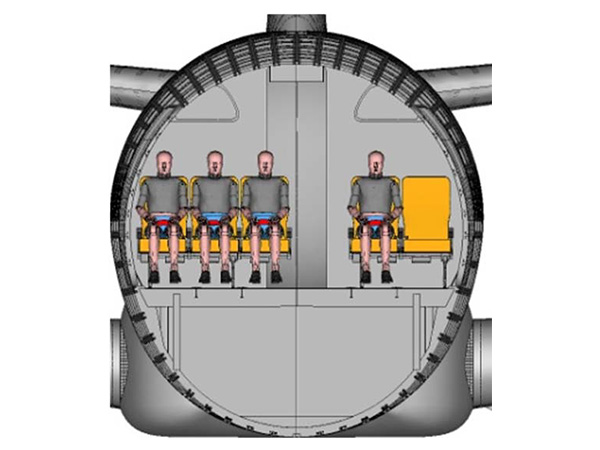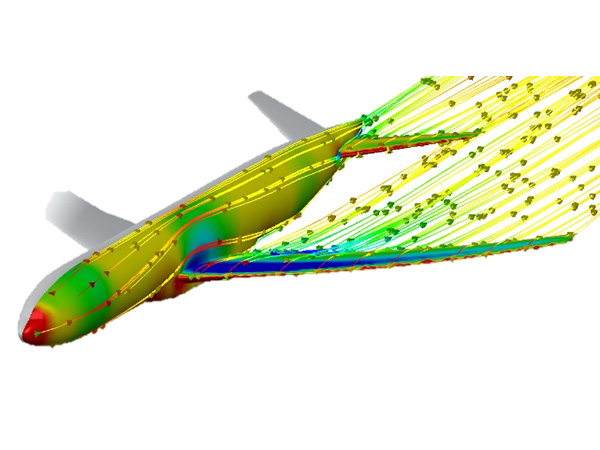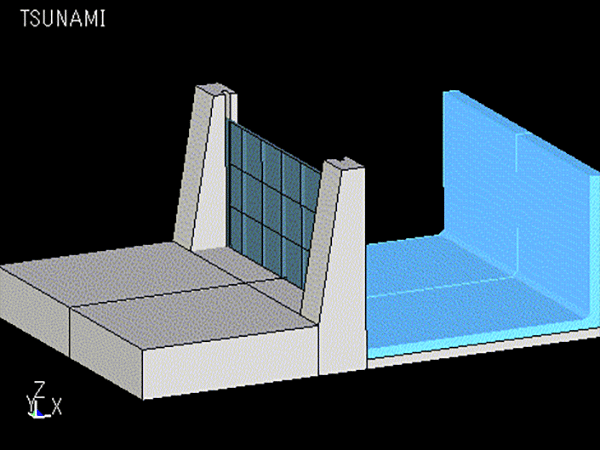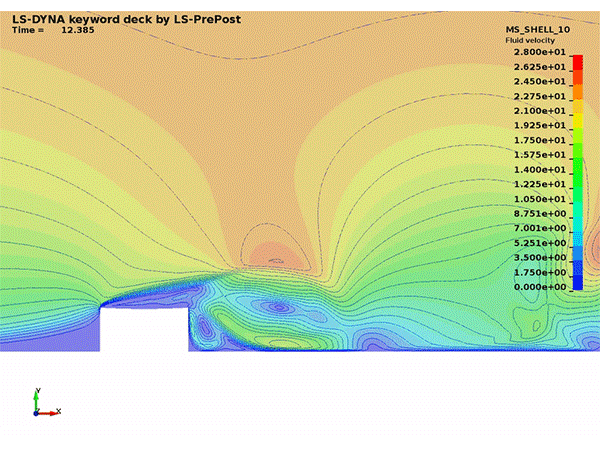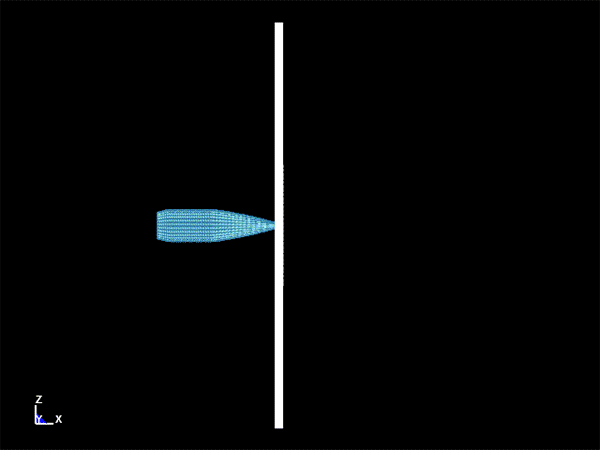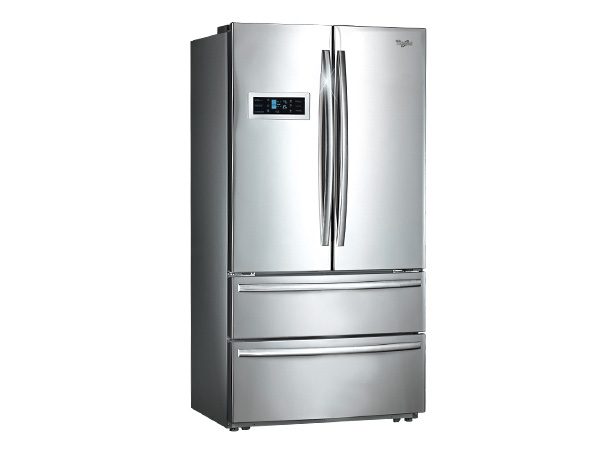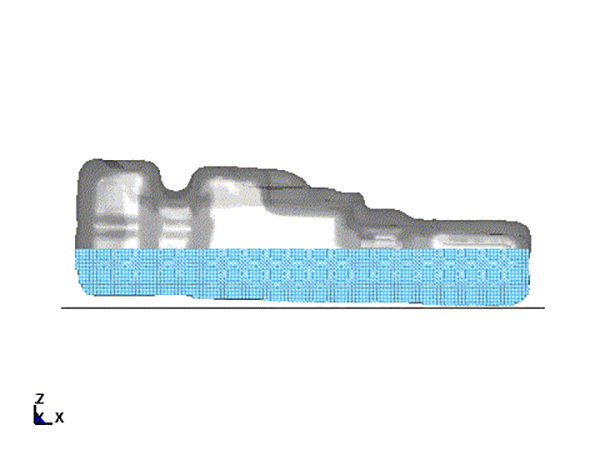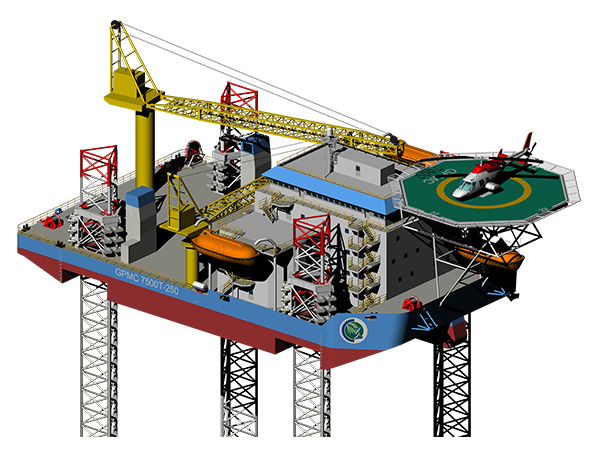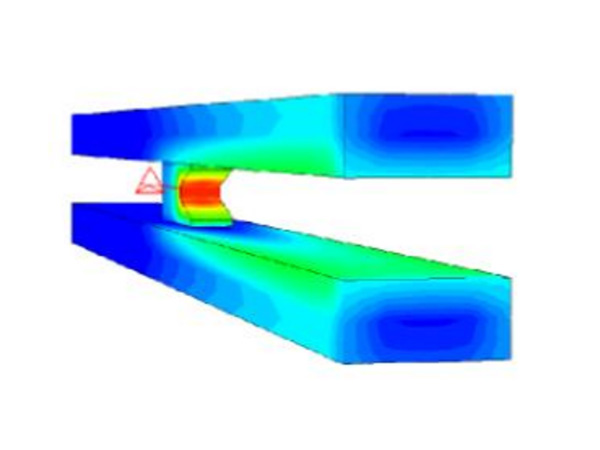Ls-Dyna
LS-DYNA® is a highly advanced general purpose nonlinear finite element program that is capable of simulating complex real-world problems. It is utilized by the automobile, aerospace, electrical, electronics, construction, military, manufacturing, and bioengineering industries to design and develop products.
"Multi-Physics"
"Multi-Processing"
"Multi-Scale"
"Multiple Stages"
LS-DYNA is suitable to investigate phenomena involving large deformations, sophisticated material models and complex contact conditions for structural dynamics problems. LS-DYNA allows switching between explicit and different implicit time stepping schemes. Disparate disciplines, such as coupled thermal analyses, Computational Fluid Dynamics (CFD), fluidstructure interaction, etc.


Ls-Dyna Capabilities
- Nonlinear dynamics
- Parallel processing (SMP, MPP)
- Rigid body dynamics
- Quasi-static simulations
- Normal modes
- Linear statics
- Thermal analysis
- Fluid analysis (Euler, ALE)
- Failure analysis
- Underwater shock
- Crack propagation
- Real-time acoustics
- Earthquake ground motion
- Design optimization
- Implicit springback
- Multiphysics coupling (structural, thermal, fluid, acoustic, etc.)
- Structural-thermal coupling
- SPH (Smooth Particle Hydrodynamics)
- EFG (Element Free Galerkin)
- BEM (Boundary Element Method)
- Fully automated contact analysis
- Function input (FORTRAN or C syntax)
- Encryption of material input data
- Redundant network license server
- Electromagnetic simulation







